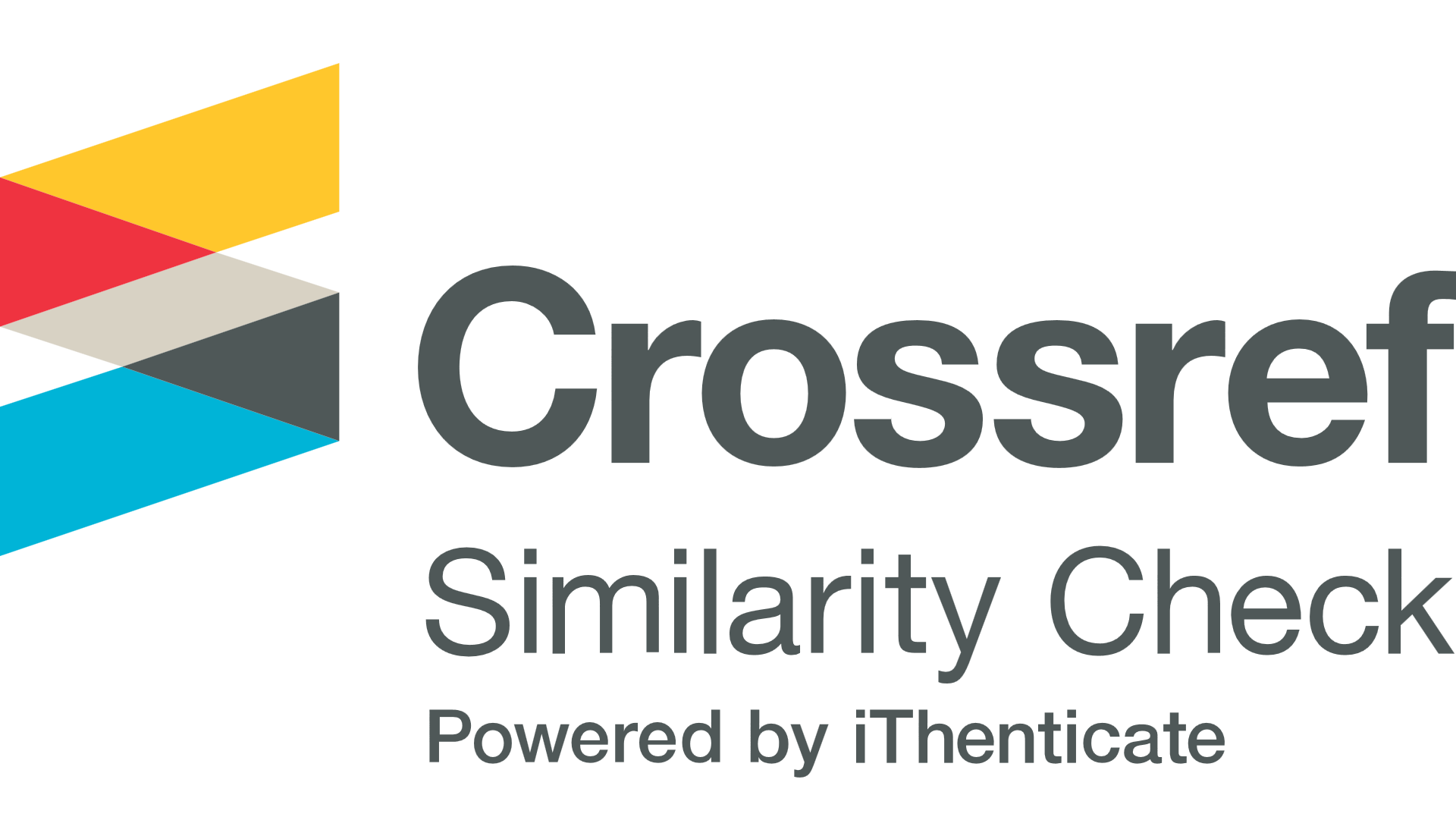Use of overlap between cyclohexymide, chlorum L. wheat plants to be depleted and their effect on germination and number of phenotypesamafenicol, temperature and treatment mixture concentrations in raising the resistance of T.aestiv
Abstract
Abstract Homogenized healthy seeds of Triticum aestivum L. Abo-Greab-3- cultivar were used to study the possibility of using a mixture of two protein synthesis inhibitors in Eukaryote and Prokaryote (cycloheximide and chloramphenicol) to increase cold and freezing tolerance of wheat. The study was designed as 3X3X3 factorial experiment and carried-out with three replicates according to randomize complete block design (RCBD). The first factor was represented by the temperature which comprised 20, 0, and -5 C. The second factor was the concentration of the antibiotics mixture (cycloheximide: chloramphenicol) which comprised 0:0; 50g/ml : 50g/ml and 100g/ml:100 g/ml. The third factor was the treatment period which were 0,12 and 24 hours. Low temperatures showed reduction in percentage of germination, fresh and dry weights of plant, while an increase in percentage of emerged seedlings, leaf area, plant height, no. of leaves/plant and no. of tillers/plant were noticed. High concentrations of antibiotics mixture showed significant decrease in all studied parameters except in fresh weight of plant, while treatment in all studied triates except in dry weight of leaf. Most the interactions between the studied factors showed significant effects in most studied parameters.





